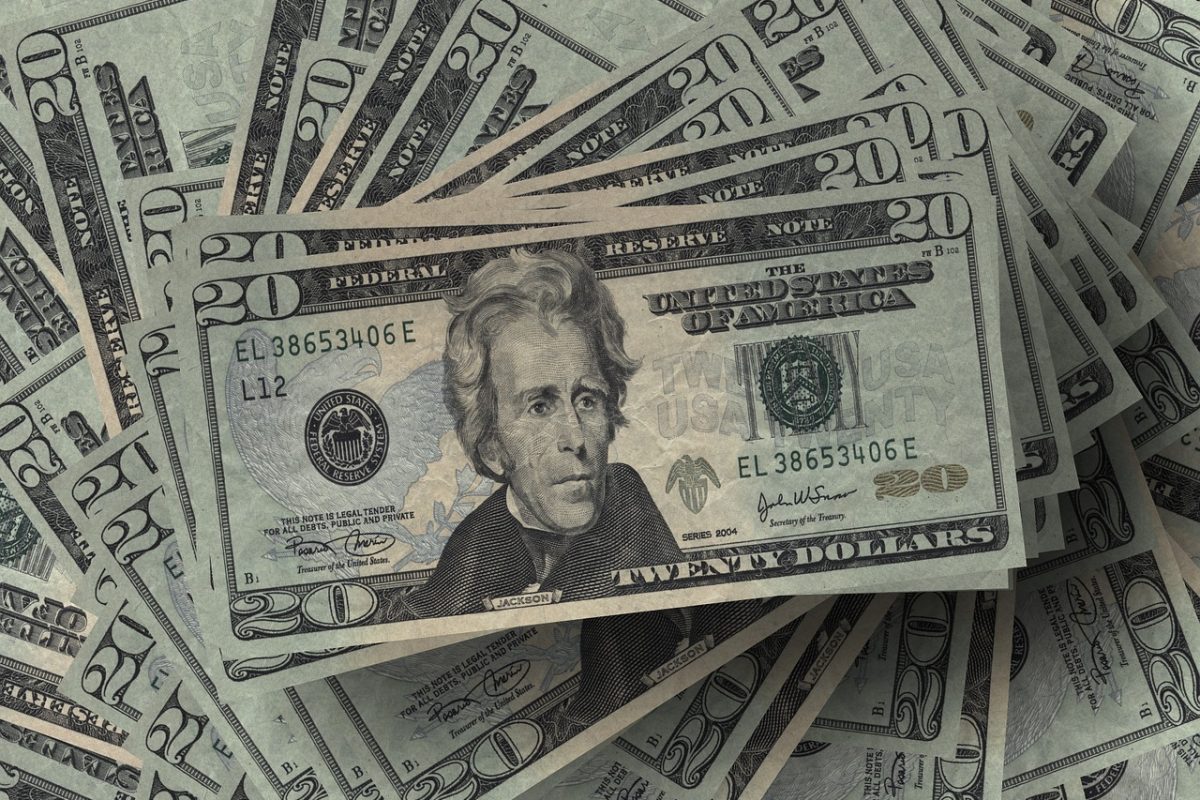Hillary Clinton’s recent official announcement that she would run for the Democratic presidential nomination generated plenty of coverage but little surprise.
For many, the prospect of a woman winning a major party’s nomination for president of the United States, which would be a first in our history, is the only exciting thing about the Democratic contest.
Maybe it’s because we don’t see women’s faces in one of the most culturally valued places of all: on our money.
The United States’ record in even considering, not to mention electing, women to the highest office is, to put it bluntly, pathetic. Women have headed governments in more than 70 countries, including some of the world’s largest democracies, such as Canada, Brazil and India.
“Our money does say something about us and what we value,” according to the Women on 20s campaign. Not one of the 11 U.S. currency bills that have been in circulation has featured a portrait of a woman. Nineteenth-century suffragist Susan B. Anthony appears on a dollar coin minted between 1979 and 1981. And Sacagewea, the Shoshone translator and guide on the Lewis and Clark expedition, appears on another dollar coin, which has been only sporadically released into circulation since 2002, apparently because of low business demand.
So why the $20? With men as obscure as Salmon Chase, Treasury secretary under President Abraham Lincoln, scoring a place on a bill, there was plenty of low-hanging fruit. (Chase was on the $10,000 bill, one of five large denominations that are no longer in circulation.) The campaign argues that Andrew Jackson, current occupant on the $20, is especially ripe for replacement.
The portraits on U.S. money have not changed since 1929.
Jackson, known as “Indian Killer” and “Sharp Knife,” advocated and signed the 1830 Indian Removal Act, which resulted in the relocation of tens of thousands of Choctaw, Creek, Seminole, Chickasaw and Cherokee people from their ancestral homelands in the American South to inhospitable federal territory west of the Mississippi. Their forced removal, known as the Trail of Tears, is one of the most shameful incidents in American history. Nearly 5,000 men, women and children died on the forced march of illness, cold and hunger.
Not only that: Andrew Jackson opposed the establishment of a national currency. So to honor him by having his portrait appear on the federal bills he opposed is ironic to say the least.
The goal of the Women on 20s campaign is to get a woman’s portrait on the $20 bill by 2020, the centennial of the passage of the 19th Amendment, which finally granted American women the right to vote.
The history we choose to represent on our most widely seen government publication — our currency — says a lot about what we think the United States stands for. Secretary of the Treasury Jack Lew, who is ultimately responsible for how our money looks, should update these national portraits to include women.
And while he’s at it, he should replace some of the white men on the notes with leaders from other ethnic groups. Our money should reflect the values, history and contributions of the whole United States, not just a narrow slice.
The Women on 20s campaign announced its finalists, culled from a viral online voting process: Eleanor Roosevelt, Rosa Parks, Harriet Tubman and, in a righteous piece of poetic justice, Cherokee Chief Wilma Mankiller.
They will present their choice to President Barack Obama, who has said that putting a woman’s portrait on U.S. currency is “a pretty good idea.” Meanwhile, Sen. Jeanne Shaheen of New Hampshire has introduced a measure to require the Treasury to consider it. We should all support this legislation.
Any of these courageous leaders would have made a great president. Putting their portraits into wide circulation is right on the money.
Lisa L. Moore is professor of English and women’s and gender studies at the University of Texas at Austin.
This article first appeared on Texas Perspectives, a wire-style service produced by The University of Texas at Austin that is intended to provide media outlets with meaningful and thoughtful opinion columns on a variety of topics and current events.
